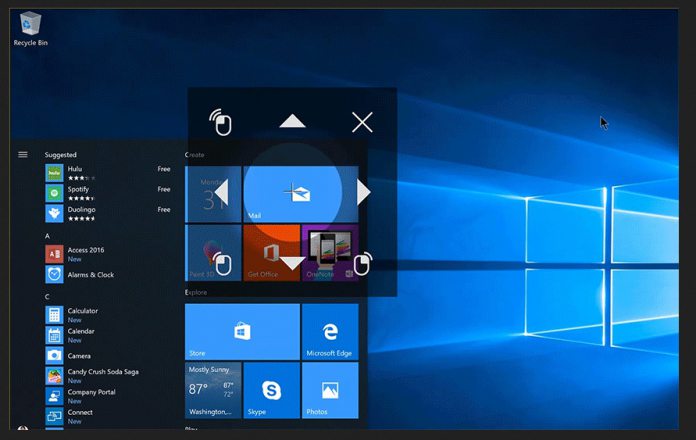If you are unfamiliar with Eye Control, at its core it brings Windows 10 to users who are disabled. The project was born from Microsoft’s original 2017 Hackathon event. One of the challenges posed in the event came from former NFL player, Steve Gleason. Now a sufferer of ALS, Gleason challenged researchers to find a way for him to use software, despite his inability to move or speak. The Eye Gaze Wheelchair was the result, which gave Gleason the ability to move a wheelchair around by looking at points on a Surface device. Microsoft was so impressed by the technology, the company decided to develop a research team. Eye Control evolved from the Eye Gaze technology. It allows users to navigate Windows 10 through eye movements: “Eye Control makes Windows 10 more accessible by empowering people with disabilities to operate an onscreen mouse, keyboard, and text-to-speech experience using only their eyes. The experience requires a compatible eye tracker, like the Tobii 4C, which unlocks access to the Windows operating system to be able to do the tasks one could previously accomplish with a physical mouse and keyboard.”
Eye Control Compatibility
Eye Control for Windows 10 is currently in beta and only works with EN-US keyboard layouts. Microsoft does say it will introduce more keyboard layouts soon. It is also only compatible with the Tobii Eye Tracker 4C. Again, Microsoft says more eye tracker support is on the way. The company is “open to working with additional hardware vendors to provide customers a broader set of hardware options to enable this experience.” It is worth noting that Eye Control is part of Windows 10 Preview Build 16257. This Fall Creators Update release landed on the Fast Ring yesterday. Among its other features are improvements for Microsoft Edge and Windows Console improvements.




